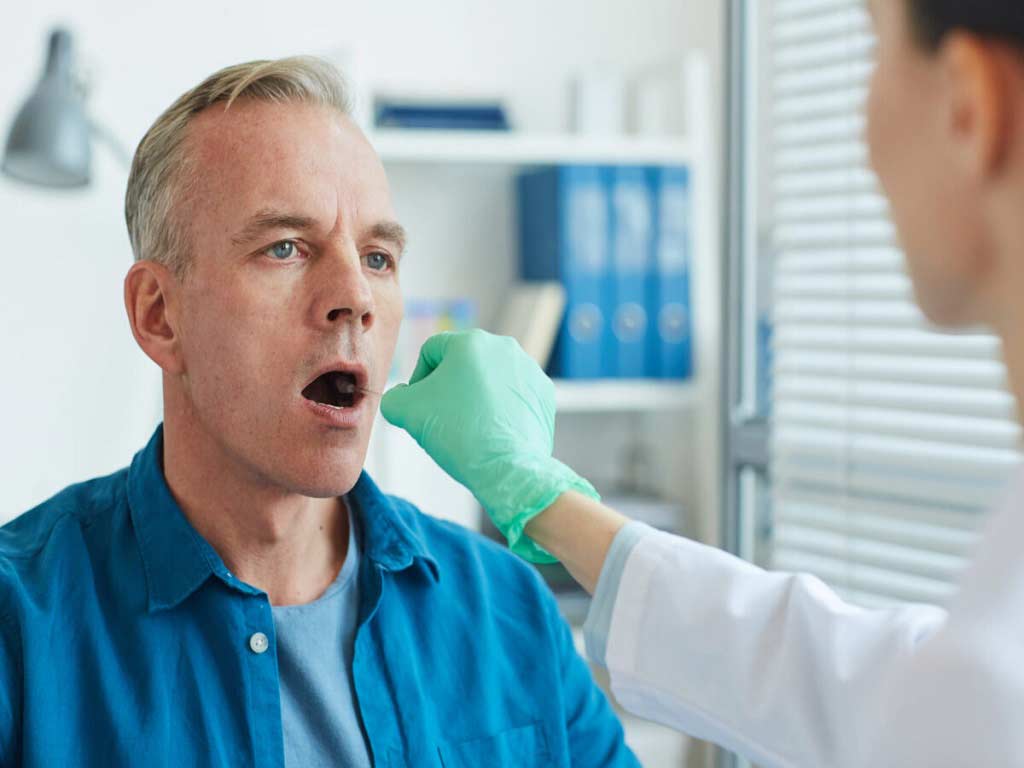Drug And Alcohol Compliance: Significance, Types of Tests, and Sanctions Upon Violation
20 November, 2023

In industries where safety is crucial, such as rail transport, construction, mining, and healthcare, drug and alcohol compliance is a top priority. It plays a significant role in abiding by safety laws, increasing productivity and morale, and reducing risks. Companies may use several screening methods to assess the compliance of employees. This includes urine, saliva, and breath tests. If these tests return a positive result, the worker will face sanctions. This includes warnings, suspension, and termination.
Failing to comply with regulations may result in legal consequences. Moreover, it may endanger employees and put the public at risk. This is why companies must ensure that those in safety-sensitive positions are not intoxicated or impaired while performing their duties. To do this, companies may also add awareness training programs to their drug and alcohol policy. This article will present the importance of compliance, the types of tests used, and the sanctions for violations.
Importance of Drug and Alcohol Compliance in the Workplace
Ensuring drug and alcohol compliance in the workplace is crucial for several reasons. Substance abuse may impair the mental and physical capabilities of an individual. This increases the risk of accidents and injuries. Moreover, some incidents may even result in death. Thus, by enforcing compliance, employers may minimise these risks and protect the well-being of their employees.
Furthermore, substance use compliance helps companies abide by the relevant safety laws and regulations. Many industries, especially high-risk ones, are subject to regulations to ensure employers maintain a safe workplace. Failure to follow these may result in severe penalties and legal consequences. This may increase the costs of operation and damage the reputation of the company.
Lastly, compliance positively impacts company performance. Many companies may see increased productivity and morale by promoting a drug-free workplace. This also reduces absenteeism and tardiness among workers. In addition, it decreases the turnover rate of employees, which many companies may benefit from. After all, there is a significant investment involved in training workers.
Purpose of Implementing a Policy
- Protecting employees: both employers and employees experience adverse effects of substance abuse. By deterring and identifying those with issues, the company may protect the health and well-being of its workers.
- Ensuring workplace safety: impaired workers may cause accidents that endanger everyone within company premises. These accidents may lead to injuries or even deaths. Policies help maintain a healthy workplace when strictly implemented.
- Mitigating legal risks: companies may face legal liabilities if they fail to establish safeguards against improper drug and alcohol use. Thus, implementing an effective policy may prevent employees and other entities from filing claims.

Types of Tests to Ensure Drug and Alcohol Compliance of Employees
Companies may use several methods of testing to ensure drug and alcohol compliance among employees. Urine testing is a standard testing procedure for many companies. This is because urine samples enable the tracing of various substances. Moreover, it has a detection period of 24 hours. In addition, using ethyl glucuronide (EtG) tests may increase the ethanol detection window to 80 hours.
Many use saliva or oral testing for onsite tests. This is because it has a convenient and non-invasive collection procedure. Moreover, it allows for the detection of substances within 12 hours. Another convenient and non-invasive screening method is the alcohol breath test. This typically uses testing devices called breathalysers to measure the Blood Alcohol Concentration (BAC) levels in the system. These devices may detect alcohol consumption within the last 24 hours.
Furthermore, hair follicle tests have a detection window of 90 days. This helps acquire data on the substance use history. Lastly, blood tests have a detection period of 12 hours. Many consider them the most accurate tests. However, it has an invasive collection procedure. Moreover, it is more expensive than other screening methods.
Substances That Can Be Detected
The substances detected may depend on the screening method used. It is crucial to remember that each one only has a set detection period. Moreover, the panels used are another vital factor. Some may only want to check for a specific substance, the commonly tested substances, or a wide array of substances.
During workplace testing, some of the commonly screened-for substances are ethanol, marijuana, cocaine, amphetamines, opioids, and benzodiazepines. These are all substances that may cause significant impairment. Moreover, companies may also request to detect benzodiazepines, barbiturates, and methadone. Ultimately, it depends on the time elapsed since the last consumption and the test used.

Disciplinary Actions After Violating Drug and Alcohol Compliance Policy
Employers must also clearly outline the specific disciplinary actions they may take if an employee violates their drug and alcohol compliance policy. A non-negative result means that there is a possible breach of the policy. However, only the employee and relevant staff should be informed to maintain the privacy of the worker. Moreover, they allow confirmatory testing to ensure the reliability of the results.
However, if the employee admits to breaking the rules or the follow-up results are positive, they may face sanctions. This may range from warnings to termination. This depends on the workplace policy, the applicable laws and the severity of the breach. Often, warnings are the lightest offence.
The next tier is usually suspension. During this period, the employers may also require the individual to undergo rehabilitation programs as an additional requirement before returning to work. Lastly, termination is the most severe punishment. An individual may face dismissal for breaches if they are in safety–critical positions. This is especially true if the incident caused injuries or deaths.
Offering Treatment and Recovery Options
Companies may offer Employee Assistance Programs (EAPs) to help employees who are suffering from substance use disorders. This may involve providing counselling services for employees. In addition, they may refer the individuals to medical professionals for further treatment.
Recovery from substance misuse involves detoxification and behavioural therapy. Many may struggle with detoxification because of the withdrawal symptoms. Thus, it is vital to have a reliable support system. Moreover, medical practitioners may prescribe medication to help with the symptoms. In addition, individuals may join support groups and share their stories with people who may have gone through similar experiences.
Conclusion
Impaired and intoxicated employees increase work-related risks and endanger workplace health. Thus, companies must ensure drug and alcohol compliance of all workers. Besides maintaining safety, ensuring compliance also helps the company mitigate legal risks and prevent accidents. This is why businesses conduct various testing procedures at several moments. Companies may do blood, hair, urine, saliva, or breath tests to detect if the individual has violated the policy.
Companies may use various reasons to conduct testing. They may also detect several substances using the tests. Some commonly tested substances are ethanol, opioids, amphetamines, marijuana and cocaine. These all cause significant impairment. This is why a positive result has corresponding sanctions. This may range from warnings to dismissal. However, in some cases, employees may refute the positive test and undergo confirmatory testing. If the final report shows a negative result, they may disregard the previous result.






























